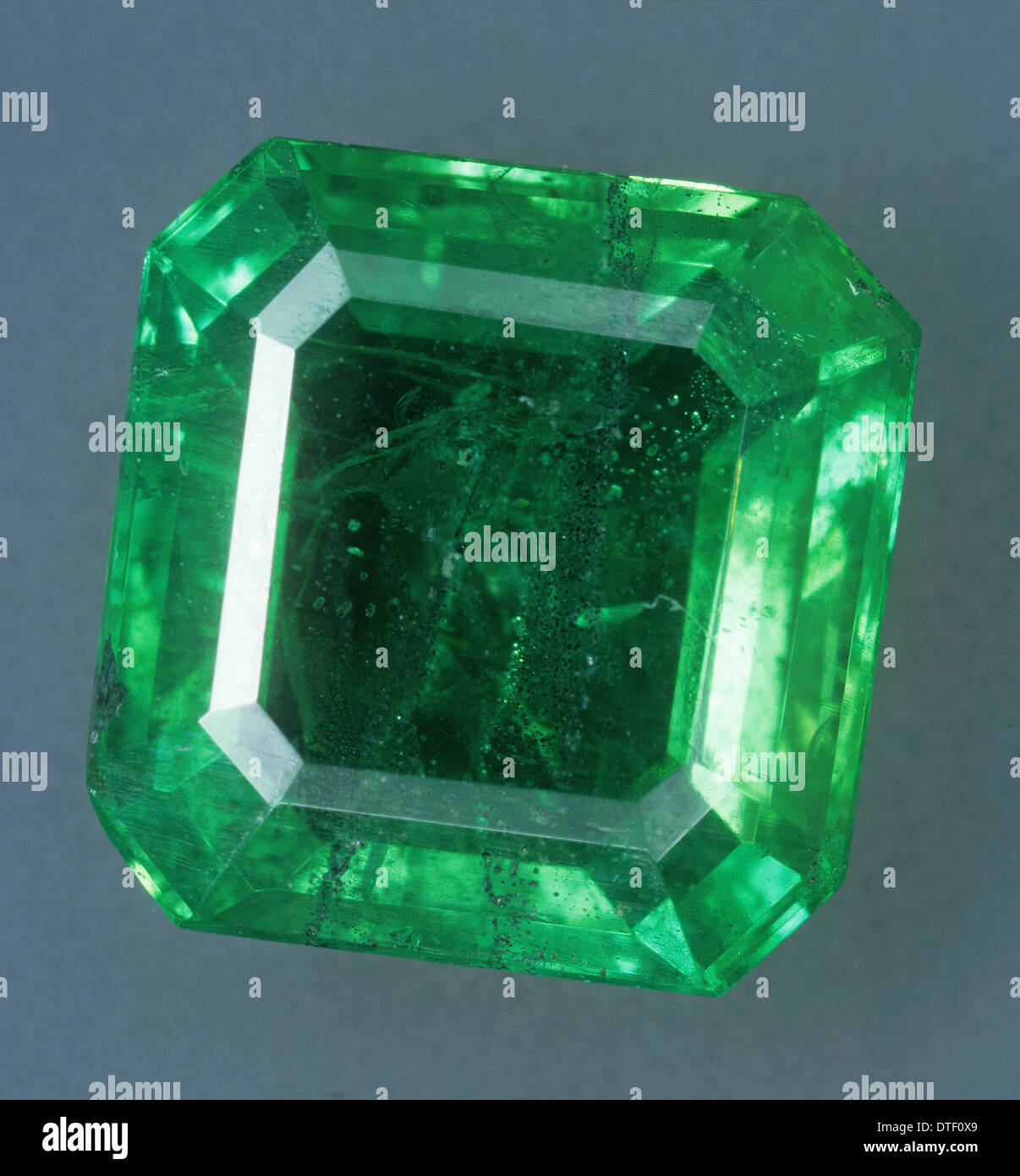Magnesium Iron Silicate Hydroxide: The Rock Star Mineral You Need To Know
Hey there, science enthusiasts! Are you ready to dive into the fascinating world of minerals? Today, we're talking about magnesium iron silicate hydroxide, a mineral that might sound like a mouthful but plays a crucial role in our planet's geological processes. Imagine this: the Earth's crust is like a giant puzzle, and this mineral is one of the key pieces that keep everything together. So, buckle up, because we’re about to explore its secrets, quirks, and why it matters to us.
Now, before we get too technical, let’s break it down. Magnesium iron silicate hydroxide isn’t just a fancy name for geologists to throw around at parties. It’s actually a mineral that helps us understand how the Earth works. From its composition to its applications, this mineral is more than just a pretty rock—it’s a scientific powerhouse. Let’s take a closer look at what makes it so special.
So, why should you care about magnesium iron silicate hydroxide? Well, aside from being a key player in the geological world, it also has practical applications that affect our daily lives. Whether you’re into environmental science, construction, or just curious about the Earth beneath your feet, this mineral has something to teach us all. Let’s get started, shall we?
- May 4 Horoscope Unlock Your Zodiac Secrets Today
- Elvis Presleys Grandchildren The Untold Story Of The Kings Legacy
What Exactly is Magnesium Iron Silicate Hydroxide?
Alright, let’s start with the basics. Magnesium iron silicate hydroxide is a mineral that falls under the category of hydrous silicates. Think of it as a family member of the silicate group, which makes up a significant portion of the Earth’s crust. Its chemical formula is Mg3Si2O5(OH)4, but don’t let that intimidate you. This mineral is all about balance—magnesium, iron, silicon, oxygen, and hydroxide ions working together in harmony.
Breaking Down the Components
Let’s break it down even further:
- Magnesium (Mg): This element is crucial for the mineral’s structure and properties. It gives the mineral its strength and stability.
- Iron (Fe): Iron adds a touch of complexity to the mix, influencing the mineral’s color and magnetic properties.
- Silicon (Si): Silicon is the backbone of silicate minerals, providing the framework that holds everything together.
- Oxygen (O): Oxygen is the glue that binds the elements, creating strong chemical bonds.
- Hydroxide (OH): The hydroxide ions give the mineral its hydrous nature, meaning it contains water within its structure.
Where is Magnesium Iron Silicate Hydroxide Found?
This mineral isn’t just floating around in space—it’s rooted deep within the Earth’s crust. It’s commonly found in metamorphic and igneous rocks, particularly in environments where heat and pressure are high. Think of places like volcanic regions, mountain ranges, and deep-sea vents. These areas provide the perfect conditions for magnesium iron silicate hydroxide to form and thrive.
- Dr Jeff Vet Dies A Heartfelt Tribute To A Beloved Veterinarian
- George Lopez Show Daughter The Rise Of A Star In The Spotlight
Some of the most famous locations where this mineral is found include:
- The Swiss Alps
- The Himalayas
- The Andes Mountains
- The Pacific Ring of Fire
So, if you’re ever hiking in these regions, keep an eye out for this fascinating mineral!
Why is Magnesium Iron Silicate Hydroxide Important?
Now that we know what it is and where it’s found, let’s talk about why it matters. Magnesium iron silicate hydroxide plays a vital role in several geological processes. It’s involved in the formation of metamorphic rocks, the movement of tectonic plates, and even the regulation of Earth’s climate. Here’s how:
Geological Processes
This mineral acts as a building block for many rocks and minerals. Its presence can indicate specific conditions in the Earth’s crust, such as high pressure and temperature. Geologists use it as a marker to understand the history of rock formations and the forces that shaped them.
Climate Regulation
Believe it or not, magnesium iron silicate hydroxide can help regulate the Earth’s climate. It plays a role in the carbon cycle by storing carbon dioxide in its structure. This process, known as carbon sequestration, helps reduce the amount of CO2 in the atmosphere, combating climate change.
Practical Applications of Magnesium Iron Silicate Hydroxide
Okay, so it’s great for geologists and the planet, but what about us everyday folks? Well, magnesium iron silicate hydroxide has some pretty cool practical applications. Here are a few examples:
Construction
This mineral is often used in construction materials, such as cement and concrete. Its durability and resistance to weathering make it an ideal choice for building structures that need to withstand the test of time.
Environmental Science
As mentioned earlier, this mineral helps with carbon sequestration. Scientists are exploring ways to use it in large-scale projects to combat climate change. Imagine a world where buildings and roads help reduce carbon emissions—pretty cool, right?
Understanding the Structure of Magnesium Iron Silicate Hydroxide
Let’s get a little more technical for a moment. The structure of magnesium iron silicate hydroxide is what gives it its unique properties. It’s made up of layers of silicon and oxygen atoms, with magnesium and iron ions filling the gaps. These layers are held together by hydrogen bonds, which give the mineral its flexibility and strength.
How Does the Structure Affect Its Properties?
The layered structure of magnesium iron silicate hydroxide allows it to absorb water and other substances easily. This makes it ideal for applications where moisture retention is important, such as in soil stabilization and water filtration systems.
Common Misconceptions About Magnesium Iron Silicate Hydroxide
There are a few misconceptions floating around about this mineral, so let’s clear them up:
- It’s Just Another Rock: Nope! This mineral is far more complex and useful than your average rock.
- It’s Rare: While it might not be as common as quartz or feldspar, it’s still found in many parts of the world.
- It’s Only Useful for Geologists: Wrong again! Its applications extend far beyond the geological world.
Fun Facts About Magnesium Iron Silicate Hydroxide
Here are a few fun facts to impress your friends:
- It’s often referred to as “serpentine” in its mineral form.
- It can come in a variety of colors, including green, brown, and black.
- It’s been used in jewelry and decorative items for centuries.
Challenges and Opportunities in Studying Magnesium Iron Silicate Hydroxide
While we’ve learned a lot about this mineral, there’s still so much more to discover. Researchers are currently studying its potential uses in renewable energy, water purification, and even space exploration. The possibilities are endless!
What’s Next for This Mineral?
As technology advances, we may find new and innovative ways to use magnesium iron silicate hydroxide. From building sustainable cities to exploring distant planets, this mineral could play a key role in shaping our future.
Conclusion
So, there you have it—magnesium iron silicate hydroxide in all its glory. From its complex structure to its practical applications, this mineral is truly a marvel of nature. Whether you’re a geologist, an environmental scientist, or just someone who loves learning about the world around you, this mineral has something to offer.
Now, here’s where you come in. Did you learn something new today? Do you have any questions or thoughts about magnesium iron silicate hydroxide? Leave a comment below and let’s keep the conversation going. And if you enjoyed this article, don’t forget to share it with your friends and check out our other articles for more fascinating science content!
Table of Contents
- What Exactly is Magnesium Iron Silicate Hydroxide?
- Where is Magnesium Iron Silicate Hydroxide Found?
- Why is Magnesium Iron Silicate Hydroxide Important?
- Practical Applications of Magnesium Iron Silicate Hydroxide
- Understanding the Structure of Magnesium Iron Silicate Hydroxide
- Common Misconceptions About Magnesium Iron Silicate Hydroxide
- Fun Facts About Magnesium Iron Silicate Hydroxide
- Challenges and Opportunities in Studying Magnesium Iron Silicate Hydroxide
- Conclusion
- Megan Thee Stallion Height In Feet The Real Deal Behind The Queens Height
- Unlocking The Secrets To Financial Success Persistence Resilience And Traits That Matter

Are You Magnesium Iron Silicate Hydroxide TheFitnessManual

Magnesium iron silicate hydroxide hires stock photography and images

Are You Magnesium Iron Silicate Hydroxide? Premium TShirt